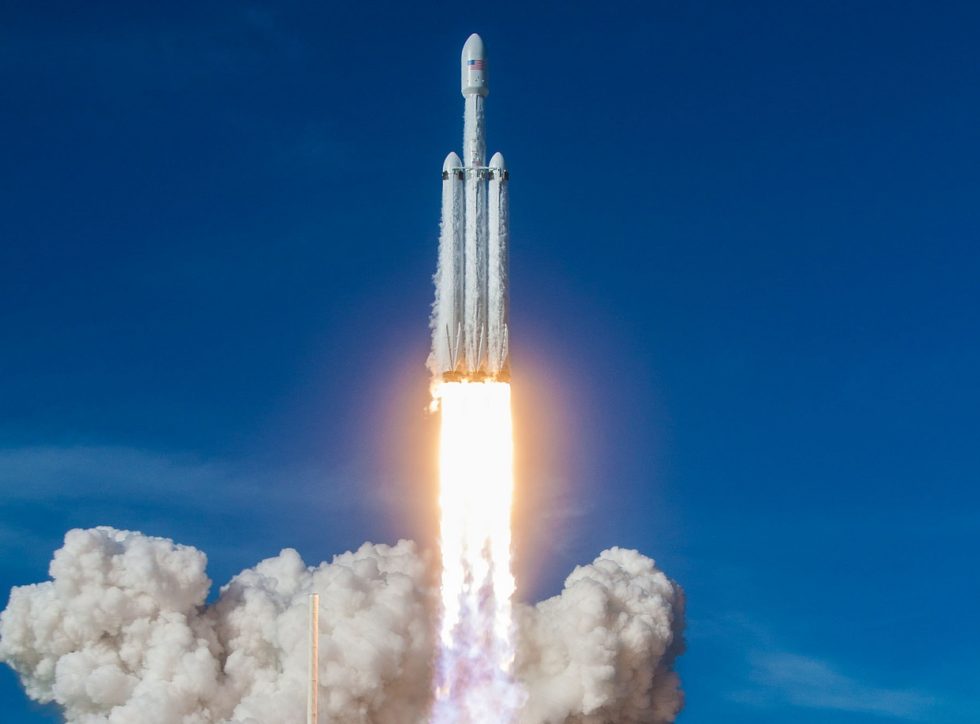The new SpaceX rocket seriously undercuts its competitors.

Twenty-seven engines on the Falcon Heavy rocket, all burning their happy little flames.
One may criticize the Falcon Heavy rocket for having a short launch manifest, as it has only two confirmed flights in the next year or so. There just aren't that many commercial customers right now for the heavier-lift rocket when a cheaper Falcon 9 or another medium-lift class of booster will suffice. But when one considers the more extreme cases—such as big Department of Defense missions to geostationary orbit or potential human exploration plans—the Falcon Heavy shines.
Now that SpaceX's new rocket is finally flying, we can directly compare costs between this new booster and an existing rocket in its class, the Delta IV Heavy, as well as NASA's upcoming heavy lift booster, the Space Launch System. And upon direct comparison, the cost disparities are sobering, proving that commercial development of large rockets likely represents the future of the industry.
Delta IV Heavy
The Falcon Heavy rocket, with reusable side boosters, costs $90 million. For a fully expendable variant of the rocket, which can lift a theoretical maximum of 64 tons to low-Earth orbit, the price is $150 million. While it is not certified yet, SpaceX says its rocket can hit all Department of Defense reference orbits; however big and gnarly the military wants to build its satellites, and whatever crazy orbit it wants to put them into, the Falcon Heavy can do it.
Only the Delta IV Heavy rocket, manufactured by the United Launch Alliance, also has this capability today. It is more expensive, but how much more is a matter of some debate. On Twitter this week, the chief executive of the Colorado-based rocket company, Tory Bruno, said the Delta IV Heavy costs about $350 million per flight. This figure, however, is strikingly lower than what Bruno cited during a congressional hearing in 2015, when he asserted that, "A Delta IV, depending on the configuration, costs between $400 and $600 million dollars."
Moreover, the costs referenced above by Bruno exclude a "launch capability contract" worth about $1 billion annually, which the US government pays exclusively to United Launch Alliance. Based upon current law, this contract payment will phase out in 2019 (for Atlas rockets) and 2020 (for Delta rockets), which should increase the costs allocated to each mission. Finally, in 2019, United Launch Alliance will make the last flight of a Delta IV Medium rocket. Once this variant is retired, all of the Delta's fixed costs will fall on the Heavy variant. This will push the per-flight cost above $600 million, and perhaps considerably higher, in the early 2020s.
The bottom line is that the Falcon Heavy is a more powerful rocket than the Delta IV Heavy, and by various measures the latter will probably soon cost the US government about five times as much. Put another way, the Department of Defense may have to pay half a billion dollars more for a single launch of certain military satellites on the Delta IV Heavy versus the Falcon Heavy....MUCH MORE